On first encounter, new gadgets are always a little odd, no matter how useful they ultimately prove. Consider that, just a few years ago, pulling a smartphone out of your pocket likely generated some quizzical stares. Now, nothing could be more mundane as phones have become the de facto tool for everything from keeping in touch with friends to hailing a cab. For every technology that became ubiquitous, however, there are dozens of examples of devices that never made it past the awkward stage.
Here is TIME’s list of the 25 outright-weirdest gadgets of all time, from flying cars to wrist-mounted computers. This list was assembled, ranked and debated (at length) by TIME’s business and technology team. What did we miss?
25. Nintendo R.O.B.

Nintendo’s strangest contraption–yes, even more outlandish than the Virtual Boy–was R.O.B., or “Robotic Operating Buddy.” R.O.B. was a functional robot for the Nintendo Entertainment System pitched in 1985 as a trojan horse toy to retailers spooked by the video gaming industry’s nosedive in 1983.
With four AAA batteries and NES gamepad input, R.O.B. helped players solve game puzzles by “seeing” flashes from the TV screen and then moving its mechanized arms to re-stack or twirl tiny spindle-laden discs. Squat, idiosyncratic and yanked from production after just two games, you can nonetheless spot R.O.B.’s DNA in everything from 1986’s Johnny Five (Short Circuit) to 2008’s WALL-E (WALL-E).
24. Levi’s Commuter x Jacquard by Google Trucker Jacket

The concept of computerized clothing may sound like a gimmick from a science fiction film, but Google and Levi’s are collaborating to make a a denim jacket with serious smarts. The outerwear is being marketed towards cyclists that struggle with reaching for their phones while biking. The jacket, which includes Google’s Jacquard technology, includes a removable module attached to the sleeve that includes all of its electronic components. Wearers will be able to find directions and control music playback by tapping their sleeve.
23. Selfie Toaster

The most exciting thing to happen to toast since the Virgin Mary appeared on a grilled cheese sandwich in 2004, this novelty appliance can sear your mug onto a slice of rye bread for the grand total of $75, plus the cost of bread. Though it’s called the Selfie Toaster, it’s not a connected device. Instead, users have to slip in a custom laser-cut metal grilling plate—which is supplied by the manufacturer, Burnt Impressions—into the appliance before pushing down the lever. Released at the height of the selfie in 2014, the Selfie Toaster is still available for sale, in case you missed it.
22. Smart Belt
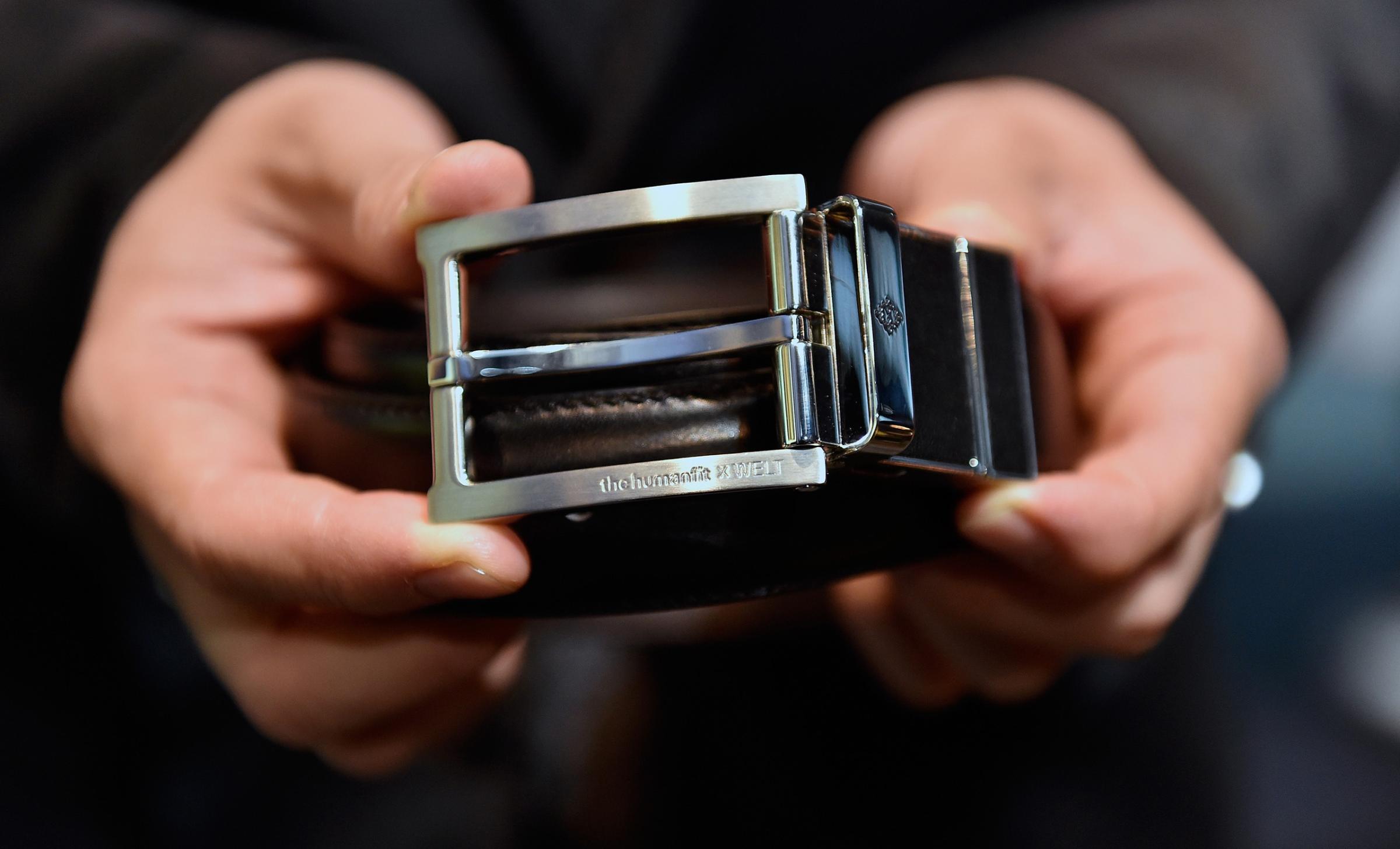
Stealing the spotlight from more deserving devices, Belty, the self-adjusting smart belt, captured the world’s attention during the opening night of 2015’s CES, the tech industry’s annual showcase for new gear. Wirelessly connecting to a smartphone app that tracks things like, well, waist size, Belty was designed to tighten up or expand on the fly, depending on how much chow you cram into your lunch-hole any given day.
Belty’s prototype was made of metal and plastic, giving it a flashy yet industrial feel. It turned heads, but didn’t open wallets—not to mention that the company revealed neither a price nor launch date at the time. Now, more than a year and a half later, the company has revealed a more conventional-looking leather model, but still no details on how to actually buy one.
21. MindWave EEG Headset
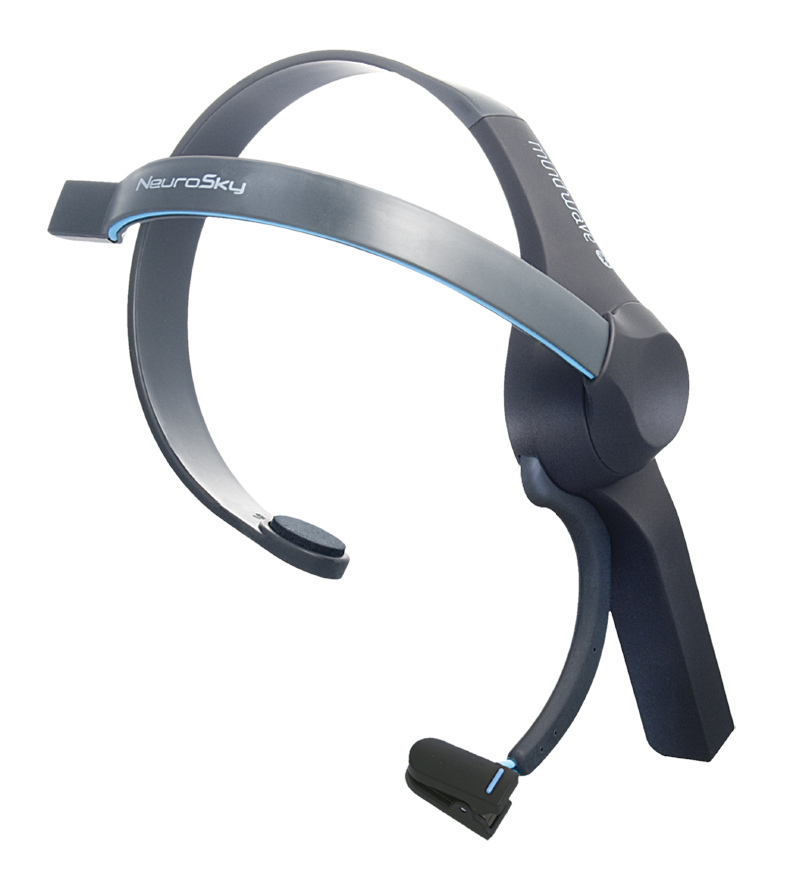
Who needs a mouse and keyboard when you can control computer software with your thoughts? That’s the premise behind NeuroSky’s MindWave Mobile EEG headset, a brainwave-reading wearable that comes bundles with games and other apps designed to be controlled by a wearer’s mental states. (The company also says the headset can help you track your brain’s “performance.”) Other headsets, like the Emotiv EPOC, have been used for similar purposes. Still, early reviews indicate we’re a long way from true mind-powered computers.
20. Terrafugia

For about as long as human beings have had cars and airplanes, they’re dreamed about combining the two. But, let’s face it, the concept is still strange. Take a look at this iteration, from the Massachusetts-based Terrafugia. The idea that you might stash your plane-car in the garage and drive it over to the nearest airport when you’re ready to take to the skies seems fine until you really think through the practicality of it all. Do we really want the average driver to be able to fly, too? And flying cars are supposed to look cool, right? Like the winged AMC Matador in The Man With the Golden Gun? What happened to that idea? (It should be noted that the Terrafugia Transition been delayed several times and it’s unclear when it will actually be delivered to customers.)
19. Thync Vibe
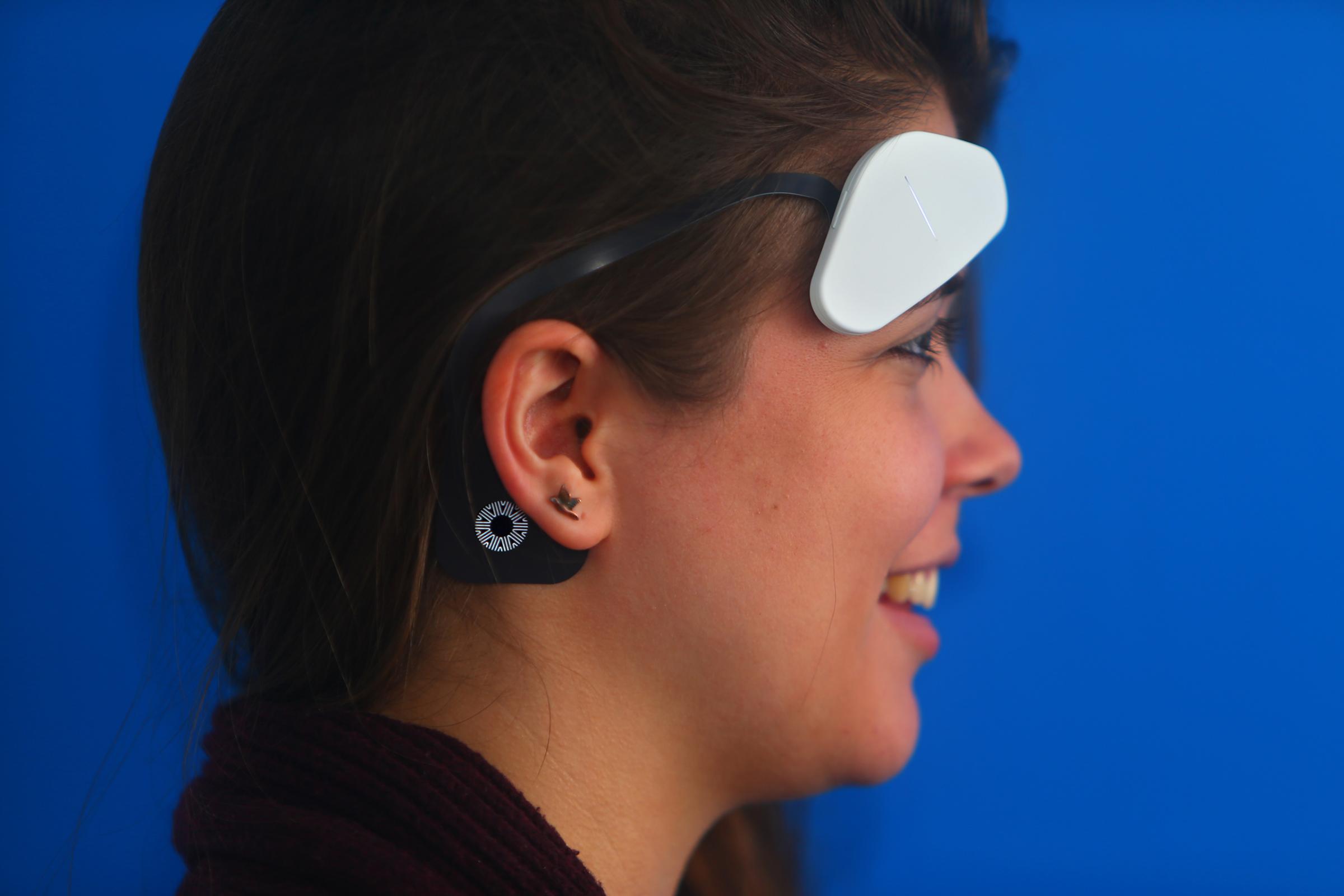
Imagine wearing a tiny device that could make you feel energized or calm you down in a matter of minutes. That’s the promise behind startup Thync’s $199 Vibe, which the company says can alter your mood by sending low-level electrical pulses to your brain by stimulating nerves on your head and neck. The wearer controls these pulses, which Thync calls “vibes,” through an accompanying app. Thync has marketed its product as an alternative to coffee and alcohol, but critics have said the device doesn’t live up to expectations.
18. Bone Fone
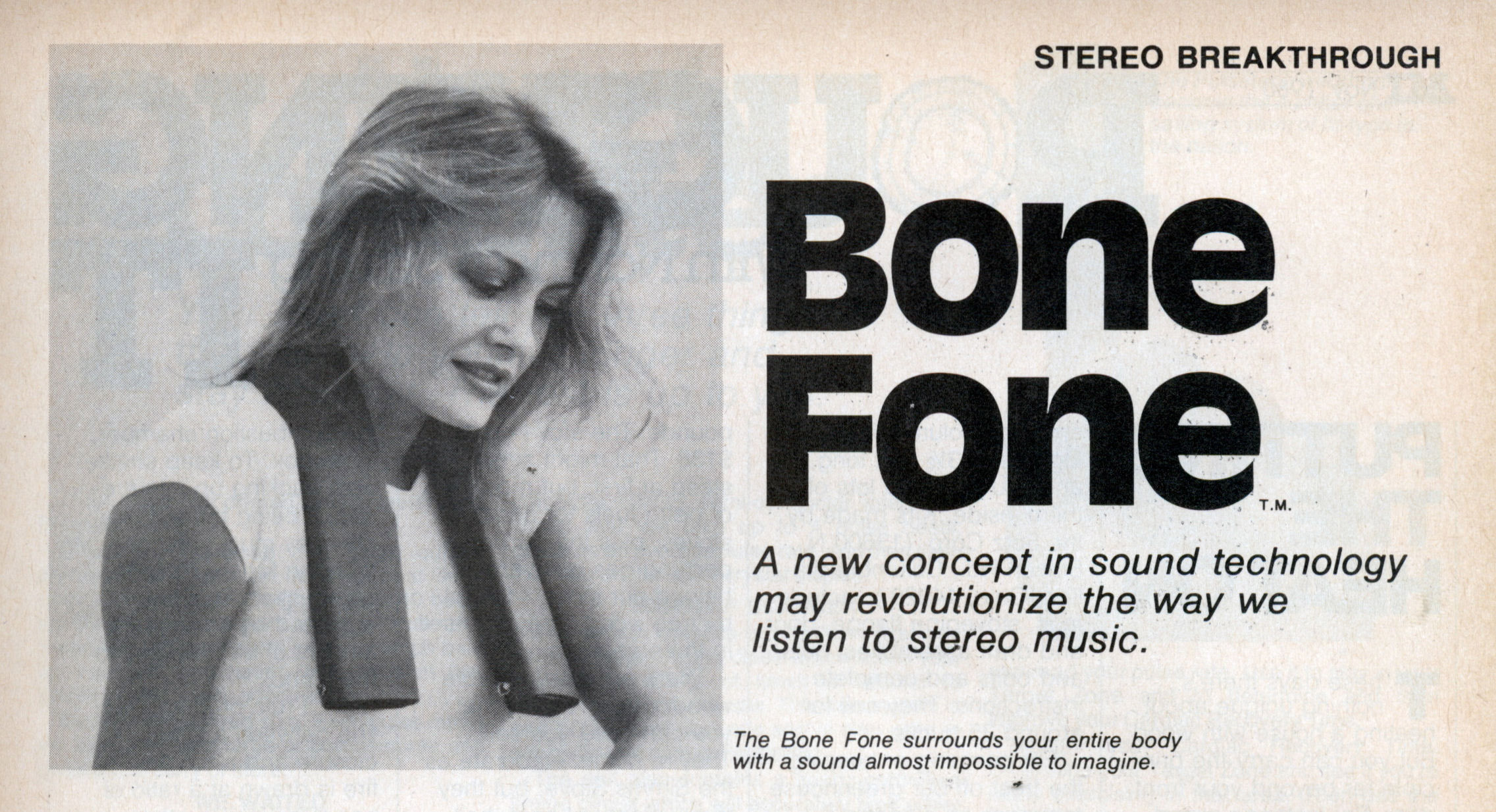
The Bone Fone, despite its name, wasn’t a phone at all. Rather, it was a radio speaker meant to be worn around the neck like a scarf. The idea was to get sound to resonate through the wearer’s bones, simulating the feeling of listening to a high-end audio system while on-the-go. The $69.95 gadget, released in 1979, was marketed to joggers as a less bulky alternative to headphones. JS&A, the company behind the Bone Fone, claimed to have sold 10,000 units by 1981, at least according to an ad found in an issue of Popular Science from that year.
17. Sony Rolly
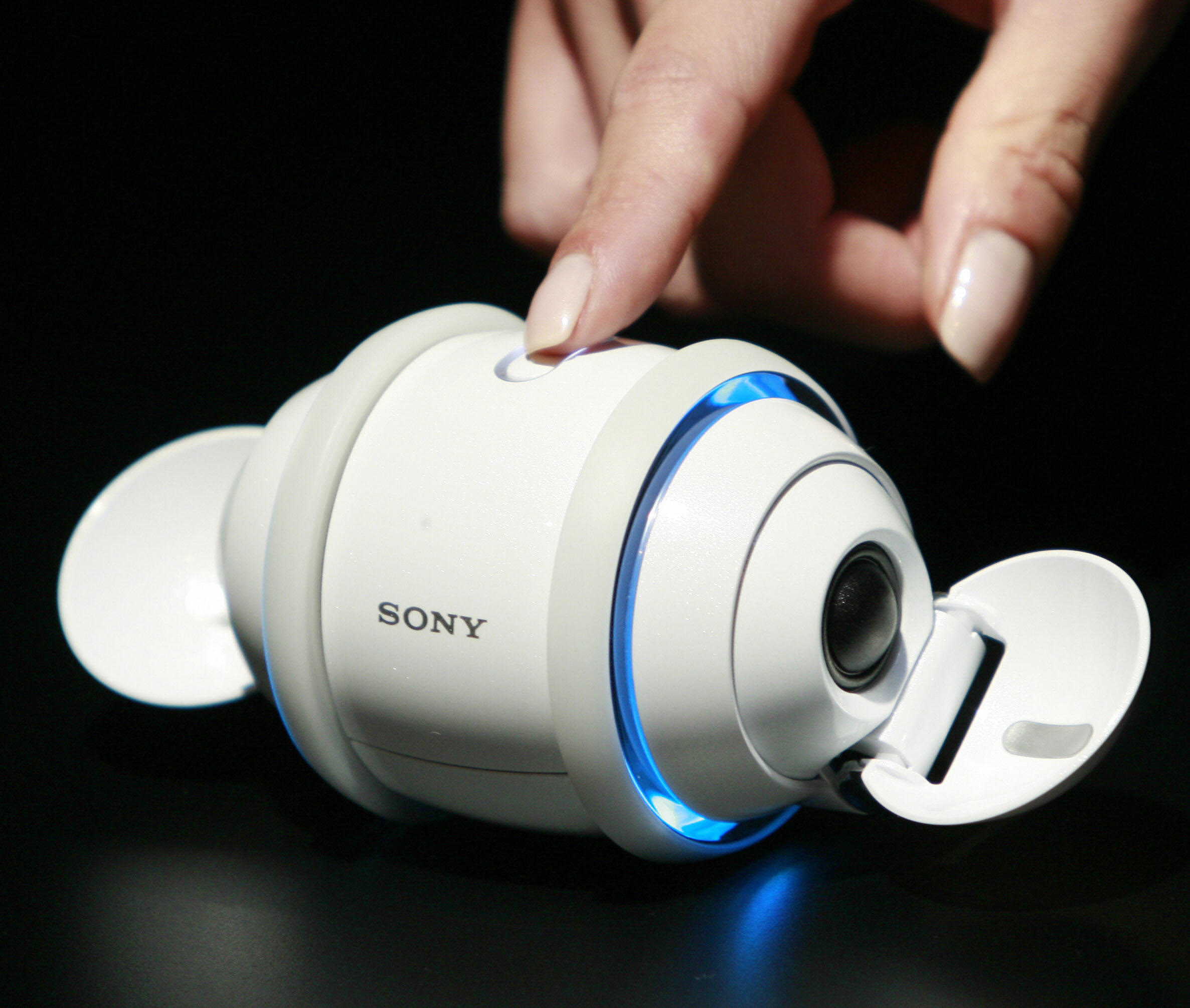
In the wake of the iPod’s success, Sony, purveyor of the Walkman, was keen to make a big mark on digital music. And it did so with Sony Rolly—only it was a raucous, unpopular mark. A football-shaped 2GB music player that fit in the palm of your hand and pumped out music while gyrating to the beat, Rolly cost $399 at launch and didn’t even have a headphone jack. That’s because all Rolly wanted to do was dance.
Just press play (or stream to it via Bluetooth), and the device spun out in all directions, shimmying and shaking while flashing about 700 colors in strobe-like tempos. Sultry little numbers might have it swaying to a slow beat, while raucous club hits will make it jump, jive, and flail. Just a year after its launch, reports surfaced (and were debunked by Sony) that the Rolly had been discontinued. You can still buy them, alas mostly on eBay as collectors’ items.
16. Google Glass

Technology historians will look back on 2013-14 as the period in which technology bloggers and enthusiasts thought it would be a fine idea to wear a Borg-like mounted computer on their face, then go about their day as if nothing was out of the ordinary. But Google Glass was so weird that it invited contempt for, bans on and even episodes of violence against so-called “Glassholes,” in part because the wearable device’s camera gave people a constant unease that they were being recorded without their knowledge. Glass and devices like it are now making a comeback in the industrial and medical worlds, where they were probably best suited all along.
15. YotaPhone

Yota Devices is hoping the hours we spend staring at our smartphone screens will prompt tech addicts to opt for a handset with two screens instead of one. The company’s YotaPhone is an Android-based phone with an HD color touchscreen on one side and an e-paper display on the other. The company pitches the latter, commonly found on e-readers such as the Amazon Kindle, as being ideal for reading in the sun and preserving battery life.
14. Neptune Pine
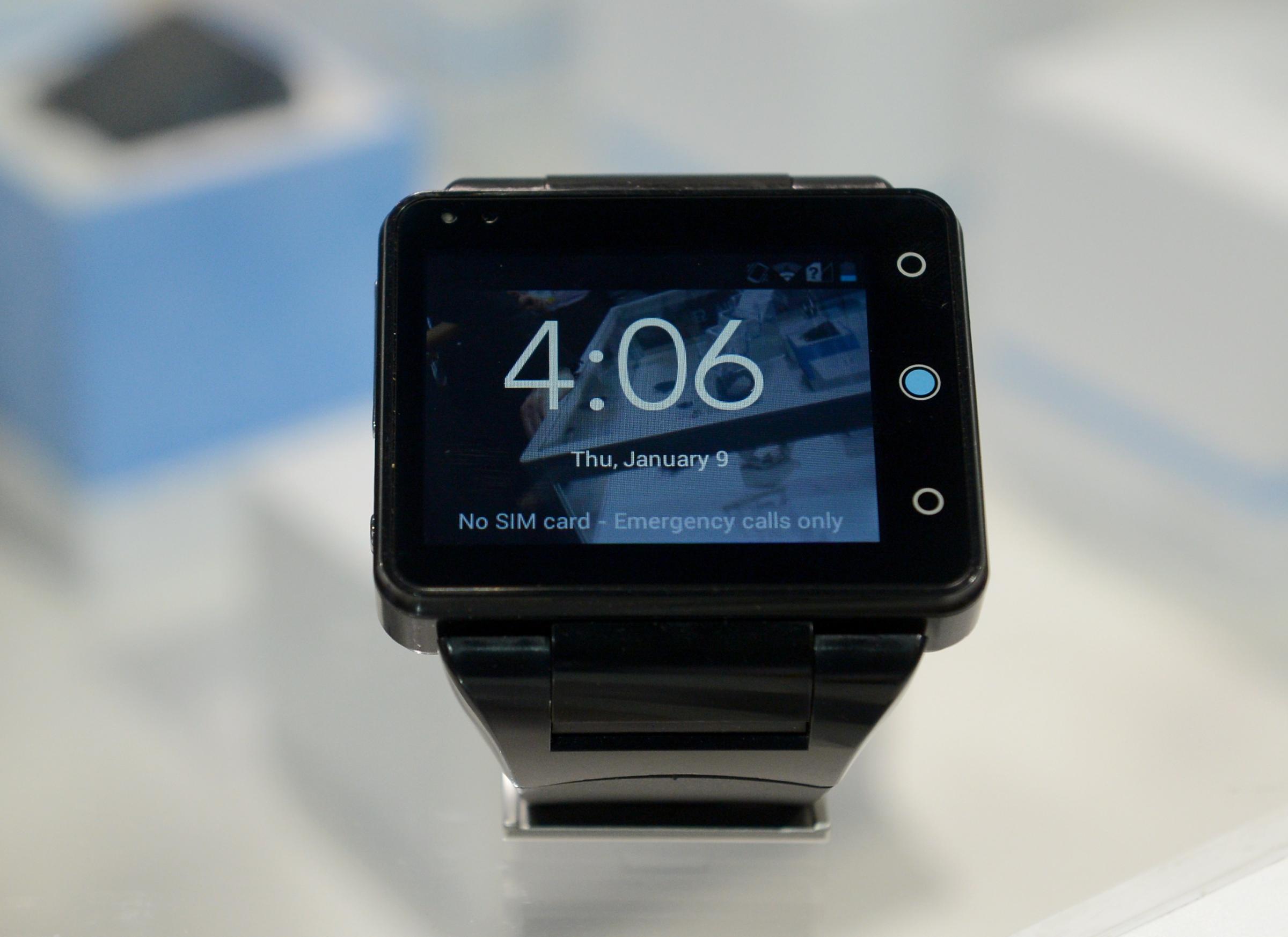
If you were to take a phone from the early 2000s and strap it onto your wrist, you’d end up with something that looks much like the Neptune Pine. The concept was promising when it launched on Kickstarter in 2013: a smartwatch with its own SIM card that could truly do nearly everything a smartphone could. The Pine had many of the inner-workings of a low-end smartphone, including a 3G radio for making calls and sending texts and up to 32GB of internal storage. The issue, however, was that the $350 watch was so large it looked ridiculous.
13. SoloWheel

Do you absolutely loathe walking? Then devices like the battery-powered SoloWheel are for you. Just stand on this so-called “people mover” and let it whisk you away. It’s a distant cousin of the hoverboard, though at least a little cooler. (And they tend to not, you know, explode.) Still, this may be fine for teens and even college kids, but no self-respecting professional should be seen showing up to the office on one.
12. Pavlok
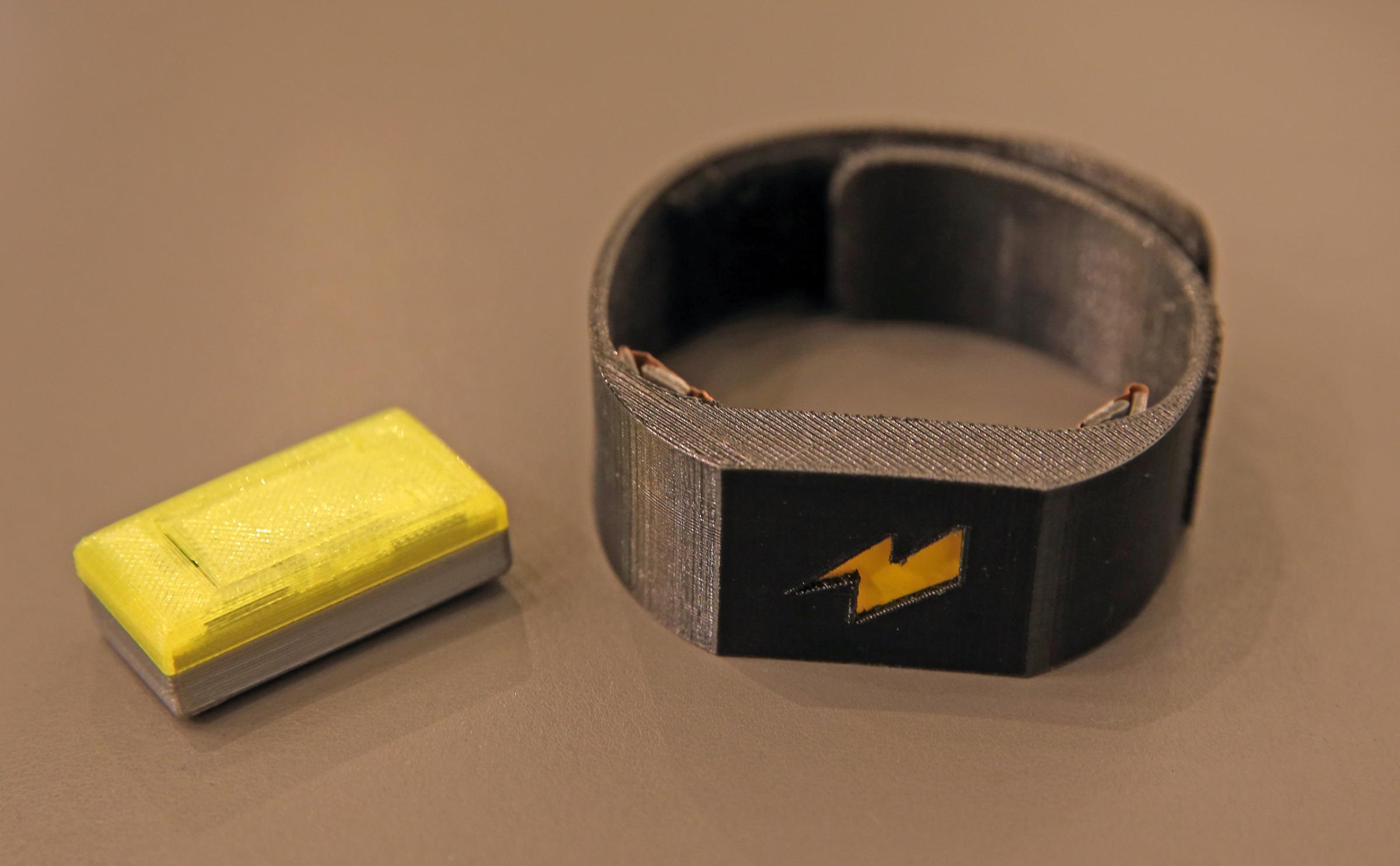
Many wearable devices have features designed to improve our habits: The Apple Watch reminds users to stand up once an hour, and Fitbits show you how far you’ve walked each day, for instance. Pavlok subscribes to a different type of motivation: pain. The $179.99 wristband zaps your wrist when you engage in a bad habit, like smoking or cracking your knuckles. The goal? Getting you to associate that habit with a nasty shock, making you do it less often. Wearers can control the intensity of the shock, which ranges from a small buzz to a truly uncomfortable zap.
11. Oakley Thump MP3 Sunglasses

The world’s first (and last?) “digital music eyewear,” Oakley Thump was originally released at the height of MP3-mania in 2004, starting at $395 for a 128MB model. (Perspective: Apple was selling 40GB iPods for $399 at that time.) In fairness to Oakley, which makes extremely high-quality lenses, introducing eyesores that also plugged into your ears was surprisingly successful. The original Thumps gave way to the more comfortable Thump 2 model in 2005, the higher-capacity Thump Pro in 2006, and the more subtle Split Thump in 2007.
But subtlety was never a hallmark of Oakley, which giddily branded everything that came with this device, right down to the USB-cable. Given that today Apple is poised to kill the headphone jack on its iPhones, Oakley’s claim that these goggles meant the end of wires was actually ahead of its time. But it also offered models in white camo, and there’s likely no age when that color scheme will be in style.
10. Sega Activator & Nintendo Power Pad
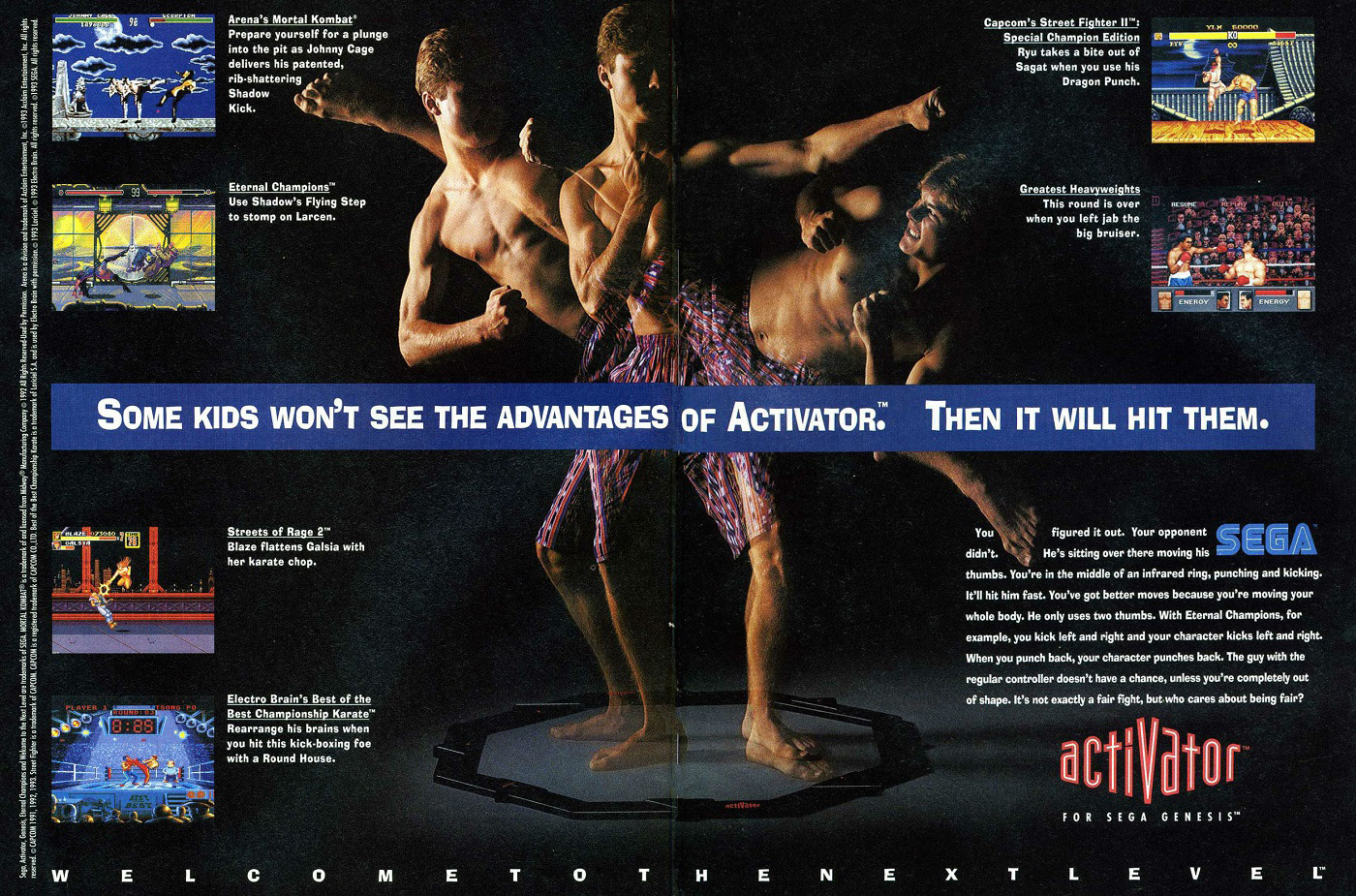
Before Sony’s Eye Toy, Nintendo’s Wii and Microsoft’s Kinect, we had outlandish stabs at motion-input accessories like the Sega Activator (1993) and Nintendo Power Pad (1988). The Power Pad employed a physical floor mat with colored sensors you stepped on to signal the Nintendo Entertainment System, while the Activator invited players to stand or crouch inside an octagonal ring of plastic that used infrared to translate physical movements into game maneuvers. But where Nintendo’s Twister-like Power Pad actually worked, the Activator’s primitive motion-sensing tech mostly didn’t, anticipating the sort of complaints about 1-to-1 accuracy (vital when playing games of skill) that buyers would eventually level at Kinect and Eye Toy decades later.

9. Furby

The charming or creepy (you pick) love child of a mogwai and Winnie the Pooh’s Owl, Furby arrived on the heels of the Tickle Me Elmo “must have” toy fad. Introduced to the world by toy manufacturer Tiger Electronics in 1998, Furbys babbled a whimsical language dubbed “Furbish” and harbored robotic parts linked to sensors that reacted to changes in light, sound or touch. Their waggish utterances gradually shifted to only marginally more recognizable English exclamations over time in what must have seemed either miraculous or terrifying—both?—to the tens of millions of children who owned one.
8. Nintendo Virtual Boy
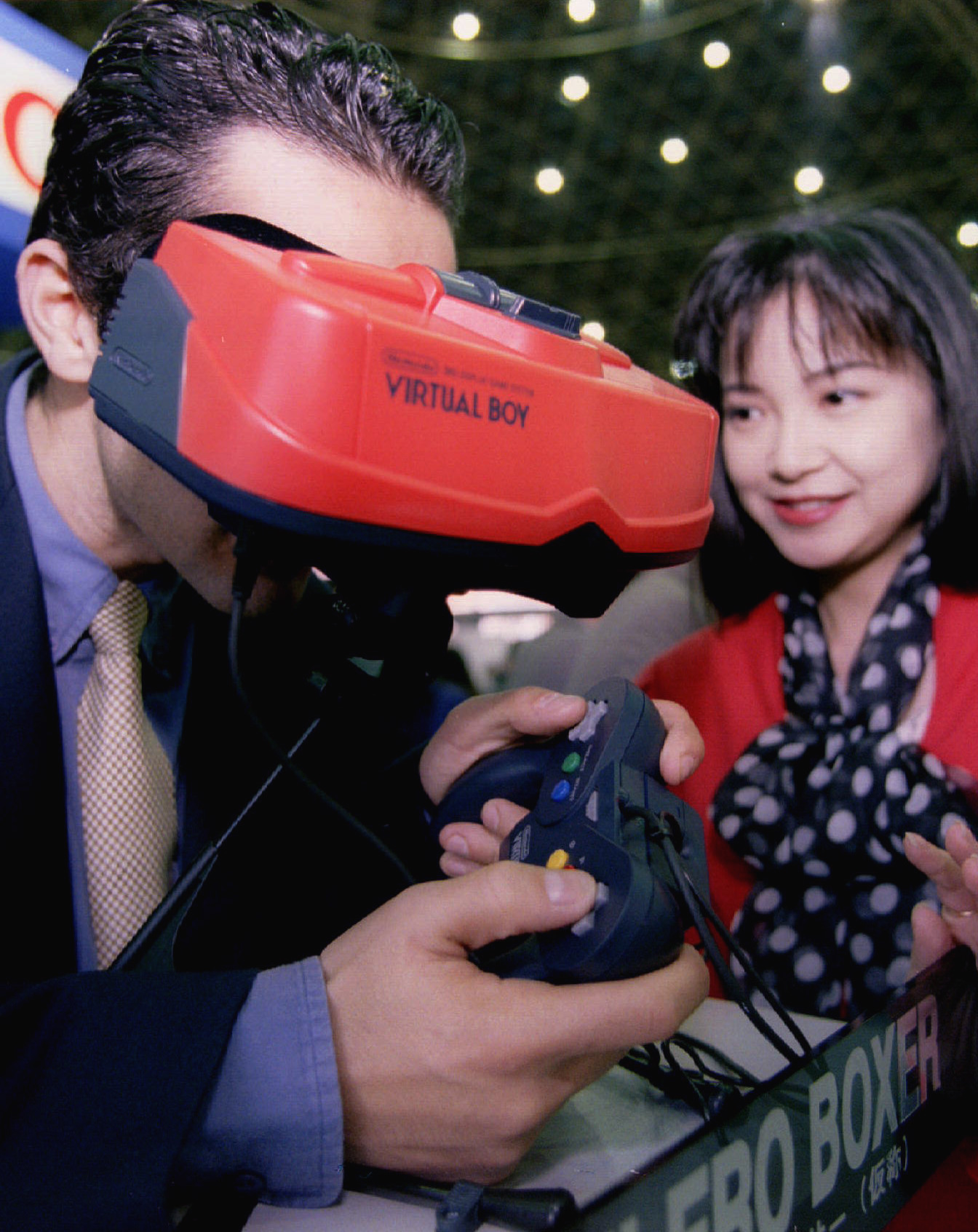
Glance at a snap-shot of Nintendo’s Virtual Boy today if you’re college age or younger, and you might mistake it for a candy apple red Oculus Rift that’s sprouted a pair of tar-dipped Ostrich legs. Nintendo’s doomed stab at an immersive 3D experience in fact predated today’s wraparound virtual reality headsets by two decades when it emerged in August 1995.
But it was “virtual” in name only, employing stereoscopic technology (not unlike a View-Master) to convey the illusion of depth. The device’s awkward ergonomics (you had to place it on a table and lean into it), primitive red-on-black graphics and muddled launch lineup earned it a critical drubbing. Sales were so dreadful that Nintendo quietly discontinued the system less than a year after its arrival.
7. MoodMetric

While “mood rings” have existed for years, MoodMetric hopes to do more than simply indicate how you’re feeling: it wants to help you manage those emotions, too. MoodMetric measures nervous system signals to provide insight into its wearer’s mental state. The ring connects to a smartphone app, which the company claims can display how intense a person’s emotions are in real time. What’s less clear, however, is why anybody would need a gadget to tell them what mood they’re in.
6. Chumby
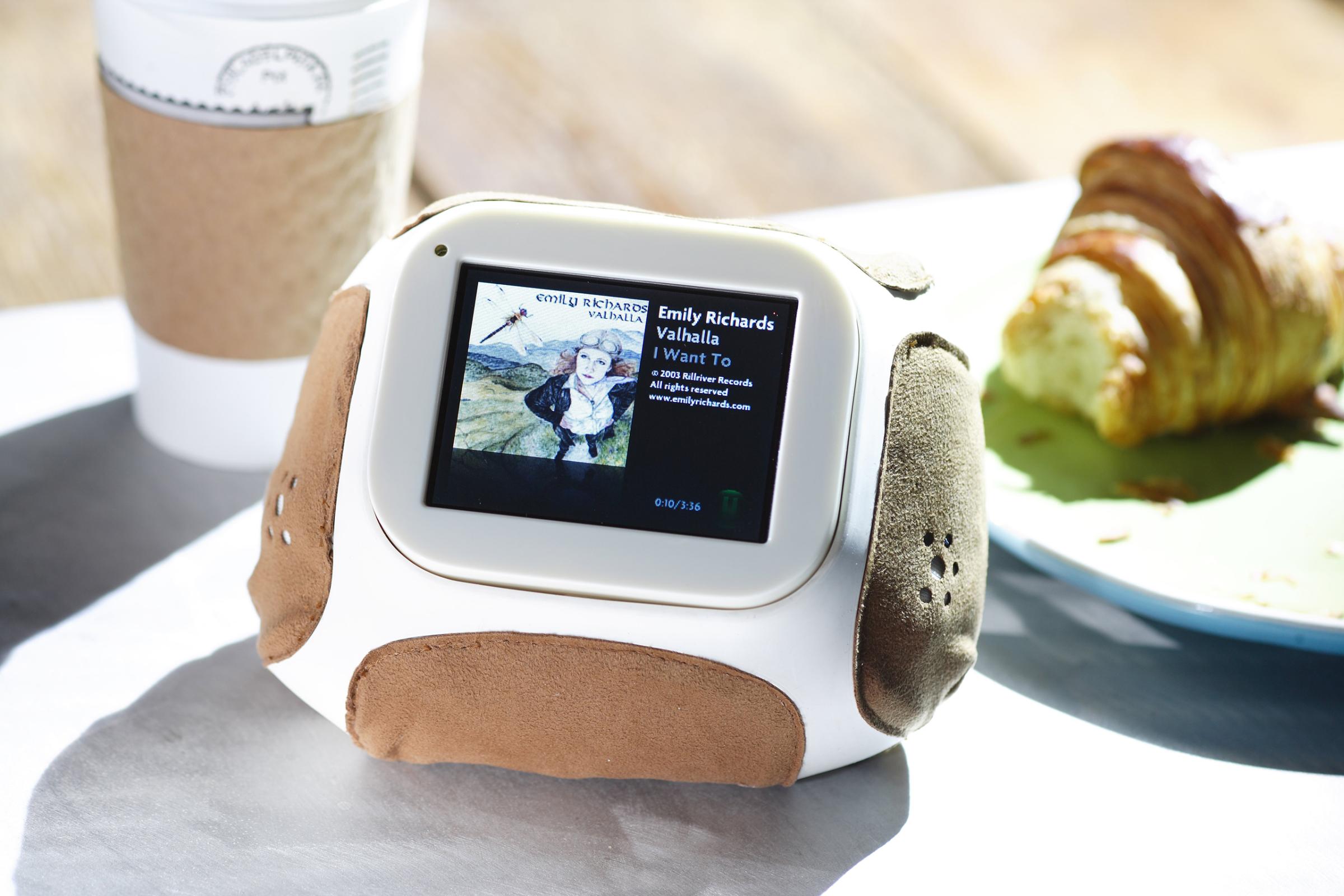
Billed as an Internet alarm clock, Chumby was a small soft beanbag-shaped device that consisted of a 3.5-inch touch-screen LCD, some wireless networking components, and a network of widgets designed to keep you entertained and informed 24 hours a day. Susan Kare, designer of Apple’s original iconic desktop icons, was the company’s creative director.
Launched in 2007, the $179 leather-cased device predated the days when everyone had a smartphone on their nightstand. As a result, Chumby hoped to become the go-to gadget for checking news headlines, Letterman’s Top Ten, or the latest Chuck Norris Fact (Chumby was so Aughts it hurt) each morning. Still running the servers to drive Chumby’s software, the company is largely defunct, though it is still selling off used inventory.
5. Nintendo Super Scope
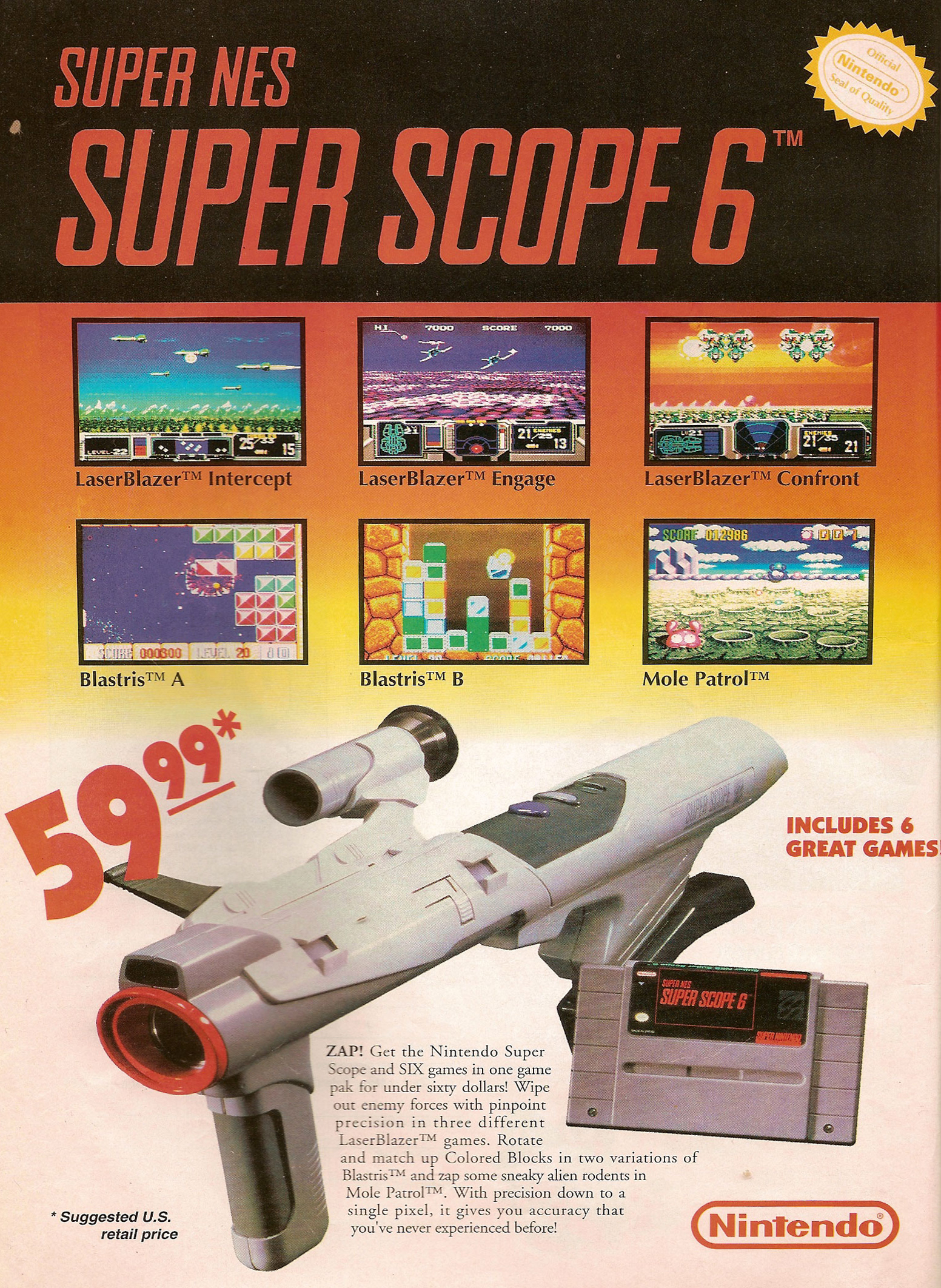
Just what every kid wanted in 1992: a portable bazooka for the Super Nintendo! Though hardly true scale, Nintendo’s Super Scope was nonetheless a serious piece of beveled boomstickery. It remains one of the grandest light guns yet produced. Just shy of two feet long, it was a red and gray tube of intimidation players could brandish on one shoulder while peering through its scope-like eyepiece to crater onscreen enemies or knock the tiles off tetrominoes in a Tetris variant dubbed “Blastris.”
4. Namco NeGcon gamepad
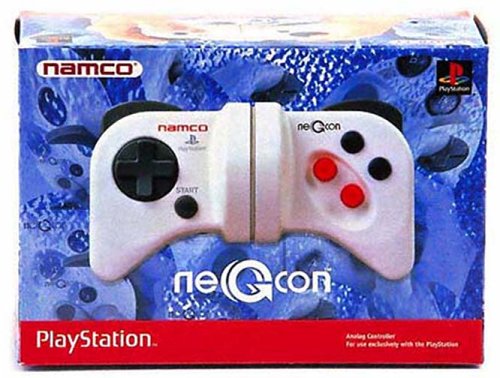
The graveyard of failed game input devices is probably more of a massive landfill, but Namco’s 1995 NeGcon (pronounced “neh-gee-con”) gamepad for Sony’s PlayStation stands apart as one of the few simultaneously bizarre and functionally intrepid. Marrying two handheld half-pieces at a swivel joint, the NeGcon let players twist either in a relative way that in certain games—racers in particular—allowed for much finer analogue control of left or right maneuvers otherwise relegated to twitchy thumbstick nudges or frantic taps on a d-pad.
3. Nabaztag

Launched in 2005, Nabaztag, the world’s first Wi-Fi-enabled rabbit, harnessed the Internet to tell users everything from the weather to the state of stock market, all while playing podcasts, Internet radio stations, MP3s, and even messages relayed from other Rabbit owners.
Programmed to be full of personality, the $199 connected hares practiced Tai Chi in their downtime and even prodded their people to be more active owners. Though Nabaztag had some passionate users (you’ve got to check out the 100 rabbit operas they programmed), ultimately the smart rabbits just didn’t take off with consumers. Still, the remaining true believers have found ways to keep their bunnies going and going.
2. Avegant Glyph

Never has the expression “glued to the TV” been as accurate as it is when wearing the Avegant Glyph. The headset, which resembles a pair of chunky headphones that have fallen down over your eyes, quite literally beams images and video into your eyeballs. The $700 eyewear uses mirrors to create a virtual screen that appears before you while wearing the device, the effect of which, the company says, feels like watching a 60-inch television from 10 feet away.
1. Remote Watch/Calculator Watch

Is there any single gadget more closely associated with nerddom than the calculator watch? Wearing one of these meant signaling to the world: I often need to do lightning-fast calculations on my wrist, and I don’t care who knows it. It was a badge of honor, and in a way a precursor to today’s smartwatches. Of course, as with so many other gadgets and devices, smartphones (and, you know, taste) sent these the way of the dodo. Just slightly cooler was their distant cousin, the TV remote control watch, which you could at least use to get the ball game on at the bar.
More Must-Reads From TIME
- Dua Lipa Manifested All of This
- Exclusive: Google Workers Revolt Over $1.2 Billion Contract With Israel
- Stop Looking for Your Forever Home
- The Sympathizer Counters 50 Years of Hollywood Vietnam War Narratives
- The Bliss of Seeing the Eclipse From Cleveland
- Hormonal Birth Control Doesn’t Deserve Its Bad Reputation
- The Best TV Shows to Watch on Peacock
- Want Weekly Recs on What to Watch, Read, and More? Sign Up for Worth Your Time
Write to Matt Peckham at matt.peckham@time.com